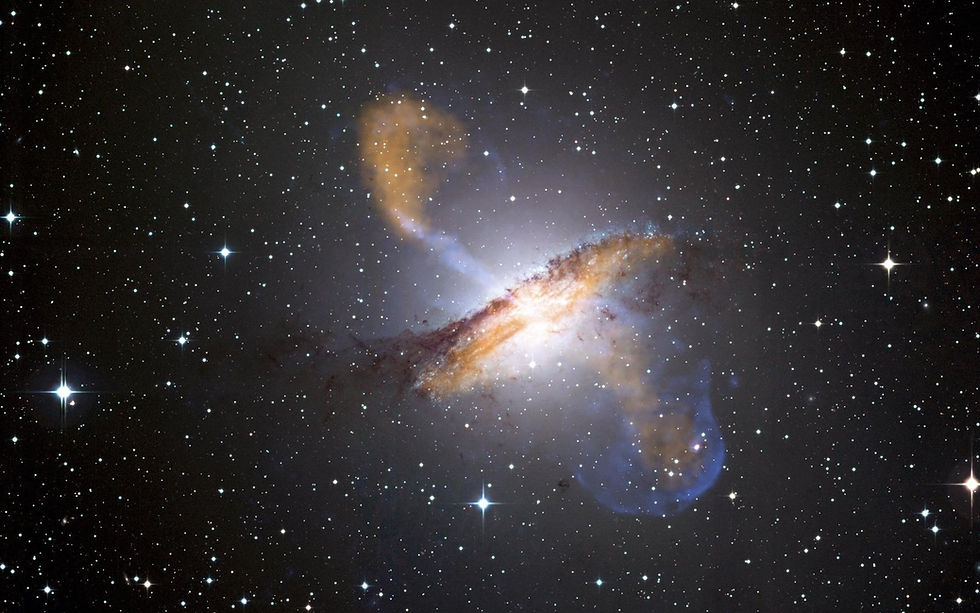The Multiverse Theory
- Sameeksha Mehrotra
- Oct 2, 2023
- 3 min read
Irving, TX
The Multiverse Theory is the idea that beyond our observable universe, parallel universes exist as well - a groundbreaking theory that challenges the adopted single-universe idea.

The multiverse consists of infinite universes parallel to our current universe that consist of their own law of physics, stars, planets, and maybe even civilizations. It is hard to accredit a single individual with this concept as it has evolved and been explored by many scientists and thinkers over the years.
However, Hugh Everett III, a physicist in the 1950s, is credited with suggesting the "many worlds" interpretation of quantum theory, a theory considered to be one of the earliest foundations of the Multiverse Theory as the MWI suggested that all possible quantum outcomes occur in separate branches of reality, similar to how infinite universes occur in parallel to our current one. Although the term "Multiverse" was coined by William James in 1895, it is primarily associated with Hugh Everett's "Many World" Interpretations of quantum mechanics. Bryce DeWitt, a physicist in the 1970s, popularized and brought MWI to a larger audience, contributing to one of the many foundations of the Multiverse Theory.
Max Tegmark, a cosmetologist and physicist, created the case of parallel universes. He wrote the classification of multiverses in his paper "Parallel Universes." He classified different types of multiverse in a hierarchical system, such as the Level I multiverse (infinite universe), Level II (universe with different physical constants), Level III (many worlds), and Level IV (mathematical universe). Tegmark’s work helped structure the multiverse theory from before!

The Multiverse Theory originated from several physicists and cosmetologists, sparking numerous debates and creating other versions of the theory. For example, derived from the basic multiverse theory formed years ago, the Inflationary Multiverse proposes that shortly after the Big Bang, the universe underwent exponential expansion in a brief period of cosmic inflation. In the inflation, different regions of space could have stopped inflating at various times, giving rise to "bubble" universes that have physical constants and properties.
Another popular theory born from the Multiverse Theory is that parallel universes exist in higher dimensions beyond our observed three spatial dimensions. These extra dimensions may allow other universes to interact with ours, only gravitationally or in different subtle ways. Some even believe that when someone passes away, they may be reborn in the next dimension, infinitely moving through higher dimensions, as each universe is parallel and infinite.
Although the Multiverse Theory has intriguing elements and countless physicists contributing and adding new ideas, the theory proposes many challenges and criticisms.

One of the main criticisms of the multiverse theory is the lack of experimental evidence. Since these other universes, if they exist, are beyond our observable horizon, it is challenging to test the hypothesis. This challenge brings significant concerns about their scientific validity. Straying away from its lack of testing, many debate what constitutes a "universe" and how they interact, challenging what the Multiverse Theory actually means.
It is critical to understand that the Multiverse Theory remains highly speculative and is a topic of ongoing research and debate in theoretical physics and cosmology. There is no definitive evidence for the existence of a multiverse, and it is still considered a hypothesis rather than an established scientific theory. Researchers continue to explore the different versions of the Multiverse Theory and its implications and testable predictions.














Comments